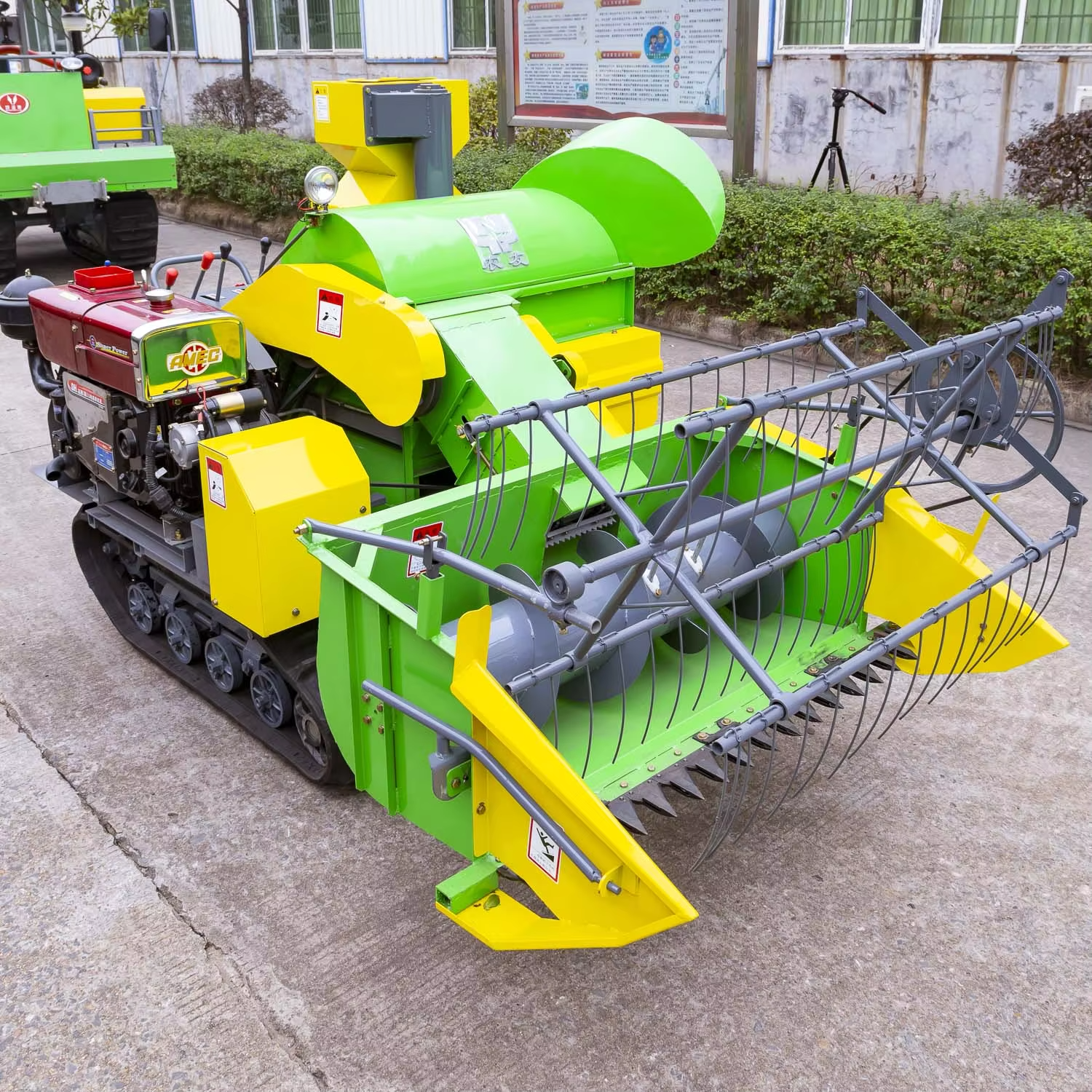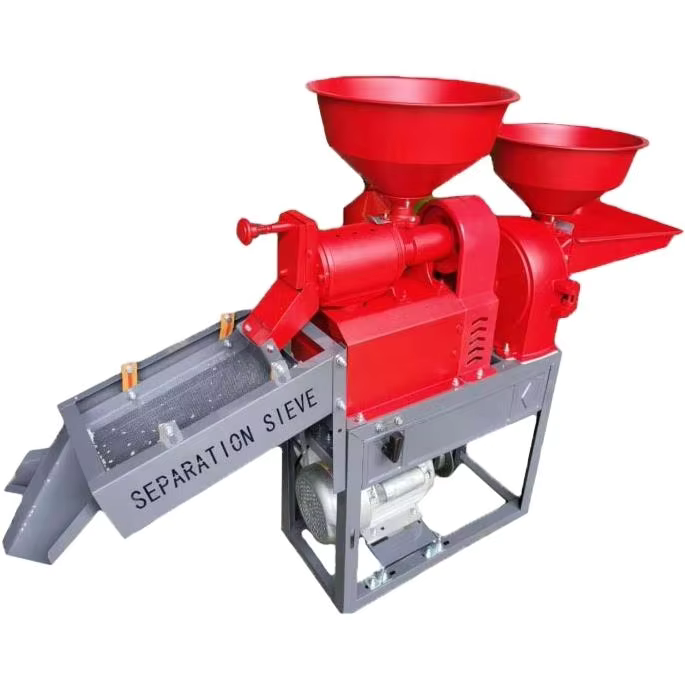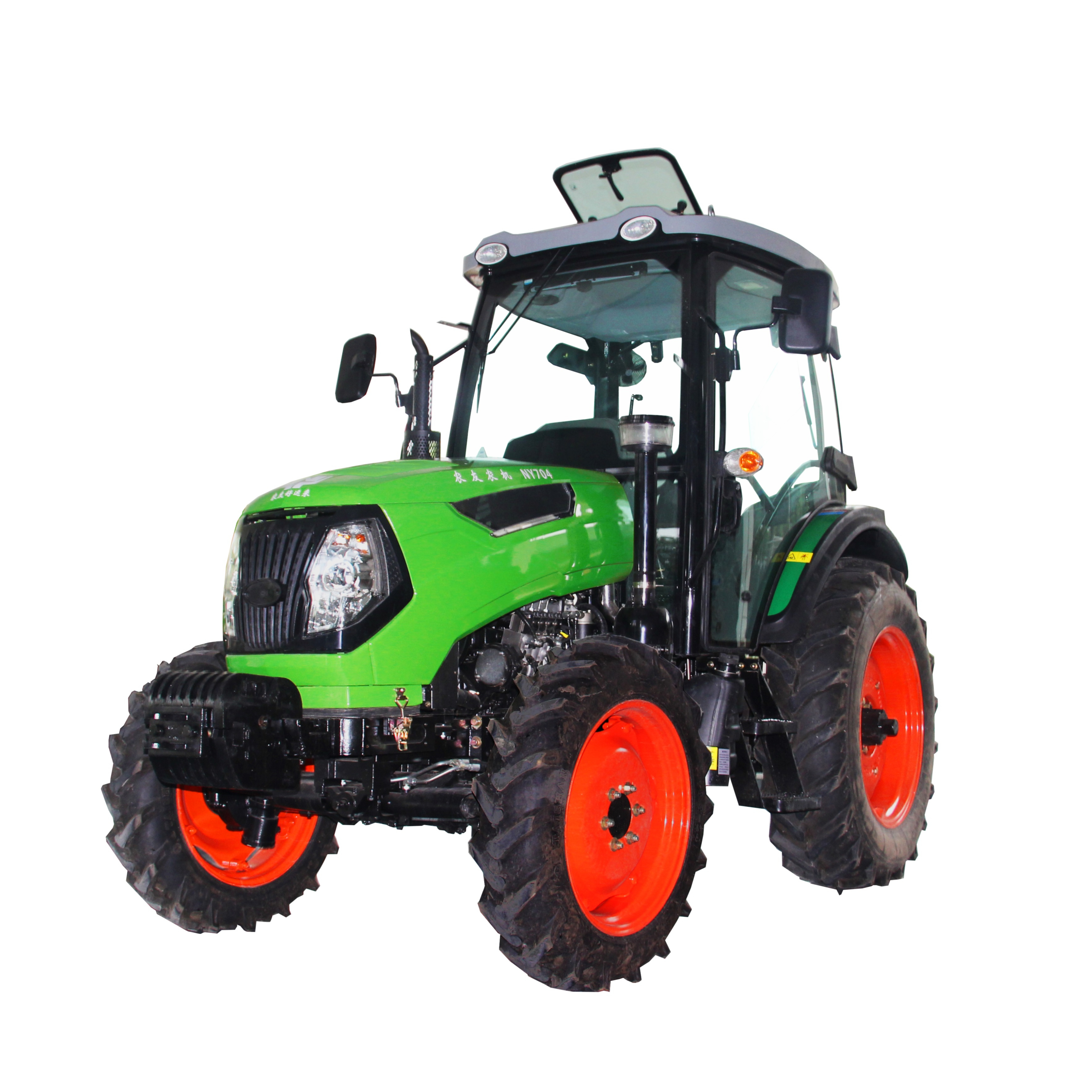cost of power tiller
The cost of power tiller represents a significant investment consideration for agricultural professionals and hobbyist gardeners alike. These versatile machines typically range from $500 to $3000, depending on their size, power capacity, and additional features. Entry-level power tillers, suitable for small gardens and light cultivation, generally cost between $500 and $1000. Mid-range models, equipped with more powerful engines and wider tilling widths, fall within the $1000 to $2000 bracket. Premium power tillers, offering professional-grade performance and durability, can exceed $2000. The price variation reflects differences in engine power (typically 2 to 13 HP), tilling width (16 to 36 inches), and construction quality. Modern power tillers incorporate advanced features such as adjustable tilling depth, reverse gear functionality, and ergonomic controls. The investment also accounts for fuel efficiency, maintenance requirements, and long-term durability. When considering the cost, it's essential to factor in the machine's versatility, as many models come with attachments for multiple applications, including plowing, furrowing, and ridge making.


